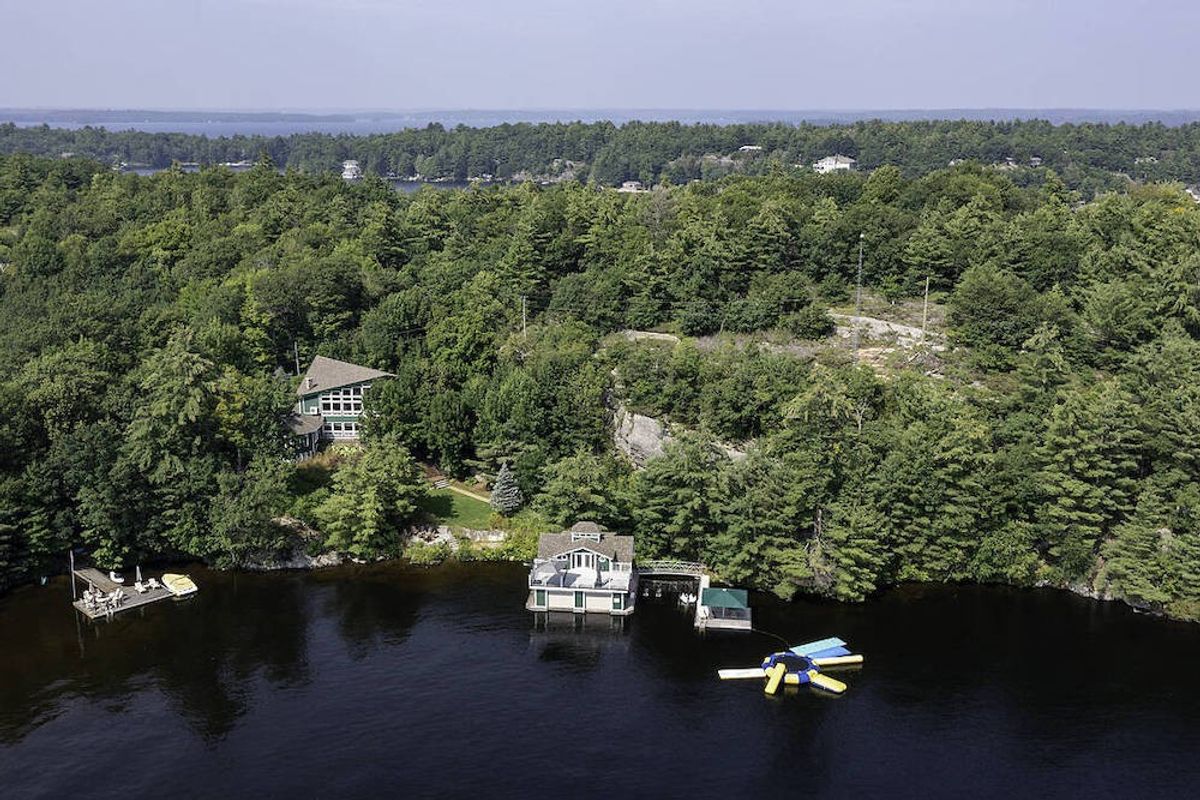Steve Diamond is adamant: new problems demand new solutions. It’s time for Toronto to put aside old ways of doing things and look to the future instead of the past. The fear of change is leaving us increasingly unable to deal with the issues of the 21st century. In this, Toronto is not alone. The same story is playing out around the world.
“We face tremendous urban challenges,” says the respected municipal-affairs-lawyer-turned-developer. “We can’t rely on old formulas if we’re going to create a positive urban environment in the future. But people fear change. And rather than embrace change, they expect the worst.”
READ: Is This The Most Important Man In Real Estate Today?
This is one of the most powerful lessons Diamond has learned in his role as chair of the board of Waterfront Toronto (WT), the tripartite public agency set up to oversee the redevelopment of the former industrial lands that stretch west from Scarborough all the way to Etobicoke. When Diamond was chosen in March by all three levels of government to head WT, the organization was embroiled in a noisy controversy over its arrangement with New York-based Sidewalk Labs to develop a 12-acre parcel of real estate at the foot of Parliament St. According to critics, most of whom knew little about WT’s history, the trouble is that Sidewalk’s sister company is Google, the big bad tech giant out to steal Torontonians’ personal information along with the city’s data.
“Privacy is a legitimate concern,” Diamond admits. “But my view is that whether Sidewalk is here or not, the issue remains. In fact, we’re fortunate that Sidewalk came to Toronto and forced us to deal with the issue.”
As Diamond also points out, the city itself is busy gathering data including on King Street where the TTC’s LRT pilot project was installed in 2017 before becoming permanent this year. And let’s not forget the vast quantity of data collected by the operators of Highway 407.
READ: Steve Diamond Led Waterfront Toronto To Win Over Sidewalk Labs
“Where’s the outcry?” Diamond wonders. “Data collection is happening everywhere,” he continues. “Sidewalk had to bear a lot of the burden for the issue. But a lot of Sidewalk Lab’s plans were misunderstood when they were leaked. Canadians tend not to have lots of self-confidence so it wasn’t surprising that Sidewalk’s behaviour created a firestorm.
“Where is the appropriate balance? I think we will come to grips with it. Sidewalk has made concessions on privacy and data issues that are far-reaching. I think it must have been difficult for them to move ahead on this project given the constraints we put in place. They needed to know that we’re not pushovers. It also wasn’t fair that innovation should be subsidized by taxpayers but used by Sidewalk around the world.”
And, Diamond says, WT’s “excellent staff” has “led the way in environmental measures that are now standard in the development industry.”
“I’m hoping the experiment works,” he adds. “WT staff has done a great job in creating an opportunity for Sidewalk to do a very interesting project on this 12-acre site.”
READ: Realtor Of The Year — Susan Gucci
Though some might wonder why a developer was named chair of Waterfront Toronto, Diamond"s appointment makes sense. Though it means he can no longer have anything to do with projects in the lower downtown core east of Yonge where WT is most active, there’s no shortage of work elsewhere. His firm, DiamondCorp, is already involved in projects on St. Clair West and Rosedale to Scrivener Square and Front St.
His approach, which he unabashedly calls “enlightened urbanism,” seems to work. What other developer can claim to have got approval for a 21-storey condo tower in Rosedale without going through the Ontario Municipal Board? For that alone, Diamond deserves a place in the developer hall of fame.
READ: Sidewalk Labs, Waterfront Toronto Reach Deal On Quayside Project
The secret, he says, is to listen. It goes without saying that city planners (and politicians) almost always get in the way of excellence, but neighbours, rate-payers and locals know what’s happening on the ground and can offer valuable insight. That’s why, unlike most developers, who show up with full-blown schemes drawn up without public input, Diamond prefers his team arrive with a roll of tracing paper, a box of pens and an open mind.
“We want to hear what the neighbours say,” he declares. “And then we move forward.” In the process, those prone to complain become invested in the proposed project. “My personal philosophy as a developer is that you will be rewarded by consumers in the marketplace and less confrontation in the community if you’re prepared to put a little more time and money into planning and architectural excellence.”
READ: Agency Of The Year — Gladstone Media
Diamond’s latest business venture, a partnership with brown-field specialist, Ken Tanenbaum, hopes to carve out a niche rehabilitating and revitalizing polluted sites. So far, the signs have been good. One of Diamond Kilmer’s first projects, Reunion Crossing in the Stockyards district at the west end of St. Clair Ave, was an instant success. The reason is simple: it offers well designed family-sized condos and townhouses at reasonable prices.
Looking ahead, Diamond worries less about “old” Toronto than the post-war inner-suburbs, which he feels, “are much less healthy.” The obstacle to revitalization, he says, is the plethora of development charges that add as much as 25 per cent to the bottom line. He argues that these additional costs are enough to keep developers away.
“I have discussed these charges with city officials and I’ve been told they understand the problem.” But, he says smiling, “I’m still patiently waiting.”
Diamond isn’t holding his breath. As he knows, development is not for the faint of heart or those in a hurry. It is a long, slow process best left to those in it for the long haul.






















